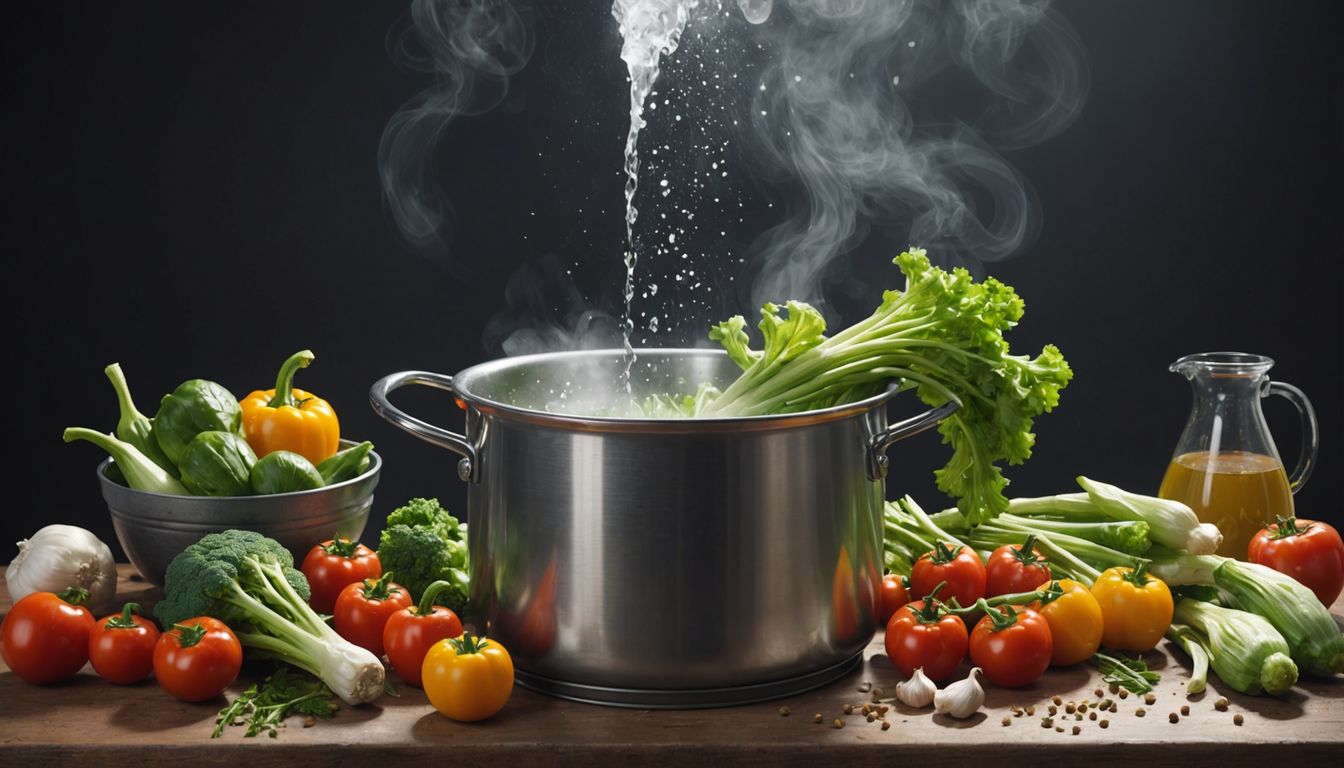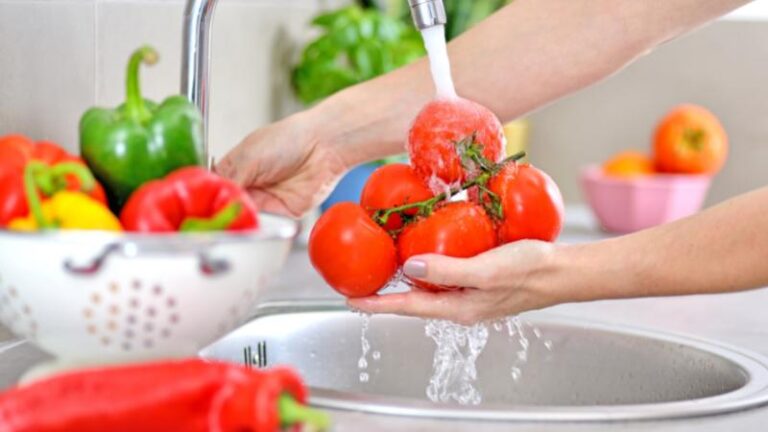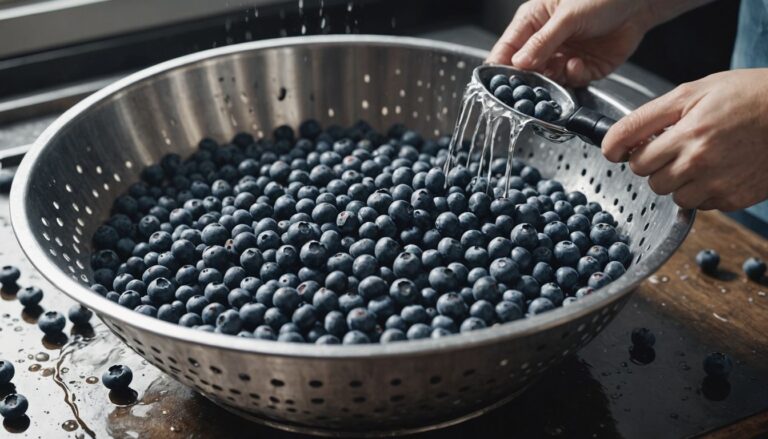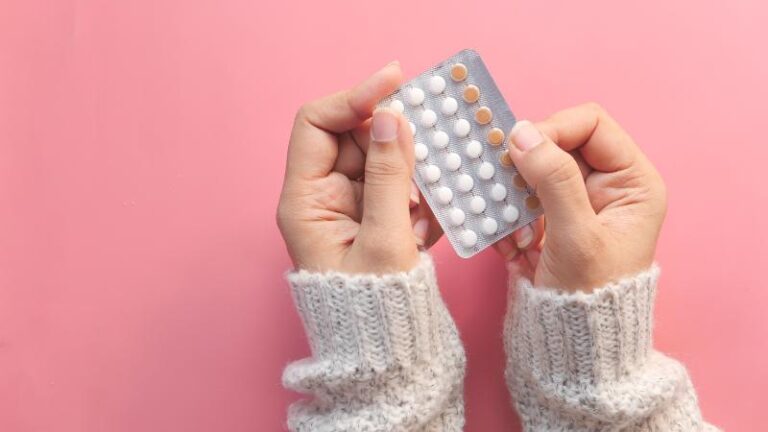Does Boiling Water Remove Pesticides? What You Need to Know

Many people think boiling water makes it safe to drink by removing all harmful substances. While boiling can kill bacteria and viruses, it doesn’t get rid of pesticides.
In fact, boiling water can sometimes make pesticide levels higher. This article explores why boiling isn’t effective for pesticide removal and looks at better methods to ensure your water is safe.
Key Takeaways
- Boiling water kills germs but doesn’t remove pesticides.
- Pesticides can become more concentrated when water is boiled.
- Activated carbon filters and reverse osmosis are effective at removing pesticides.
- Municipal water treatments don’t always remove all pesticides.
- Regularly testing your water can help identify pesticide contamination.
Why Boiling Water Doesn’t Remove Pesticides
Boiling water is a great way to kill bacteria and viruses, but it doesn’t work for pesticides. In fact, boiling can make things worse. When water boils, it evaporates, leaving pesticides behind and making them more concentrated.
The Science Behind Boiling Water
Boiling water reaches a temperature of 212°F (100°C), which is enough to kill most germs. However, pesticides are chemicals that don’t break down at this temperature. They stay in the water even after it boils.
What Happens to Pesticides When Water Boils
When you boil water, the water turns into steam and leaves the pot. But the pesticides don’t go away with the steam. Instead, they stay in the pot and become more concentrated as the water level goes down.
Common Misconceptions About Boiling Water
Many people think boiling water makes it safe to drink. While it does kill germs, it doesn’t remove chemicals like pesticides. So, if you’re worried about pesticides, boiling isn’t the answer.
If you want to remove pesticides from your water, you’ll need a different method, like a reverse osmosis system or an activated carbon filter.

How A New Piece Of Technology Provides The Drug Free Pain Relief You’ve Been Looking For
If you’re anything like me, you don’t want to use drugs or pills that you’re unsure about.
Effective Methods to Remove Pesticides from Water
When it comes to getting rid of pesticides in your water, there are a few methods that really stand out. Using the right techniques can make a huge difference in how clean your water is.
Understanding the Impact of Pesticides on Health
Short-term Health Effects
When you come into contact with pesticides, even the least-toxic products can cause health problems if you’re exposed to enough of it. Short-term effects might include dizziness, nausea, headaches, and respiratory issues. Some people might also experience skin irritation or allergic reactions.
Long-term Health Risks
Over time, exposure to pesticides can lead to more serious health issues. Several pesticides are even thought to be carcinogenic, meaning they could increase your risk of cancer. Other long-term effects might include neurological problems, reproductive issues, and chronic respiratory conditions.
Vulnerable Populations
Certain groups of people are more at risk from pesticide exposure. These include children, pregnant women, and the elderly. Their bodies are either still developing or not as strong, making them more susceptible to the harmful effects of pesticides.
It’s important to be aware of how pesticides can affect your health, both in the short and long term. Taking steps to reduce your exposure can help protect you and your family.
Comparing Boiling Water to Other Purification Methods
Boiling vs. Filtration
Boiling water is a simple way to kill bacteria and viruses, but it doesn’t remove pesticides or heavy metals. Filtration systems, like activated carbon filters, can trap these harmful substances, making your water safer to drink. If you’re worried about chemicals, filtration is a better choice.
Boiling vs. Distillation
Distillation involves boiling water and then condensing the steam back into liquid. This method removes a wide range of contaminants, including pesticides. However, it’s more time-consuming and requires special equipment. Boiling alone won’t achieve the same level of purity.
Boiling vs. Chemical Treatments
Chemical treatments, such as using chlorine or iodine, can disinfect water and kill pathogens. But like boiling, they don’t remove pesticides. These treatments are often used in emergency situations or when other methods aren’t available. For everyday use, combining chemical treatments with filtration can offer better protection.
While boiling water is great for killing germs, it doesn’t tackle pesticides. For cleaner water, consider other purification methods like filtration or distillation.

How A New Piece Of Technology Provides The Drug Free Pain Relief You’ve Been Looking For
If you’re anything like me, you don’t want to use drugs or pills that you’re unsure about.
Identifying Pesticides in Your Tap Water
Common Pesticides Found in Tap Water
You might be surprised to learn that various pesticides can end up in your tap water. These include chemicals used in agriculture and pest control. Common culprits are atrazine, glyphosate, and chlorpyrifos. These substances can linger in the water supply and pose health risks.
How Pesticides Enter the Water Supply
Pesticides can find their way into the water supply through several routes. Rainwater can wash them off plants and soil, carrying them into rivers and lakes. From there, they can seep into groundwater or be taken up by municipal water systems. This means that even if you live far from farms, you could still be affected.
Testing Your Water for Pesticides
If you’re concerned about pesticides in your tap water, testing is a good first step. You can purchase home testing kits or hire a professional service. These tests can identify the presence of specific pesticides and help you decide on the best course of action.
Knowing what’s in your water is the first step to ensuring it’s safe to drink. Regular testing can give you peace of mind and help you take action if needed.
Steps to Ensure Safe Drinking Water at Home
Ensuring safe drinking water at home is crucial for your health. Here are some steps you can take to make sure your water is clean and safe to drink.
The Role of Municipal Water Treatment in Pesticide Removal
Limitations of Municipal Water Treatment
Municipal water treatment plants work hard to make sure your water is safe, but removing all pesticides is a tough job. The U.S. Environmental Protection Agency (EPA) sets limits on many pesticides in drinking water. However, they have to balance health risks and the cost of removing these chemicals. If it’s too expensive to get rid of all pesticide residues and the risk of getting sick is low, some levels might still be allowed.
Regulations and Standards
The EPA has strict rules about how much of certain pesticides can be in your drinking water. These rules are there to protect your health. But, not all pesticides are covered, and some might still be present in small amounts. The standards are based on both the health effects and how much it costs to remove the pesticides.
Improving Municipal Water Safety
To make your water even safer, some treatment plants use extra methods like activated carbon filters. These can remove more pesticides than standard treatments. You can also take steps at home, like using a high-quality water filter, to make sure your water is as clean as possible.
While municipal water treatment does a good job, it’s not perfect. Using additional filtration at home can help ensure your water is free from harmful pesticides.

How A New Piece Of Technology Provides The Drug Free Pain Relief You’ve Been Looking For
If you’re anything like me, you don’t want to use drugs or pills that you’re unsure about.
Conclusion
Boiling water is great for killing germs, but it won’t help with pesticides. In fact, boiling can make the problem worse by concentrating these chemicals.
If you’re worried about pesticides in your water, the best solution is to use a high-quality water filtration system like reverse osmosis or activated carbon filters. These methods can remove over 90% of pesticides, giving you much cleaner water.
So, while boiling is good for some things, it’s not the answer for pesticide removal. Investing in a good filtration system is the way to go for peace of mind and better health.
Frequently Asked Questions
Does boiling water remove pesticides?
No, boiling water does not remove pesticides. Boiling can kill bacteria and viruses, but it doesn’t get rid of chemicals like pesticides. In fact, boiling can make pesticide levels higher because the water evaporates, leaving the chemicals behind.
How can I remove pesticides from water?
To remove pesticides from water, use a high-quality filtration system like activated carbon filters or reverse osmosis systems. These methods can remove over 90% of pesticides.
What are the health effects of pesticides in water?
Pesticides in water can cause both short-term and long-term health problems. Short-term effects might include nausea or headaches, while long-term exposure can lead to serious conditions like cancer.
Is boiling tap water enough to make it pure?
No, boiling tap water is not enough to make it pure. While boiling kills bacteria, it does not remove contaminants like heavy metals, pesticides, or other chemicals.
What are some other methods to purify water?
Besides boiling, you can use methods like activated carbon filters, reverse osmosis systems, and chlorine treatment to purify water and remove contaminants, including pesticides.
How do pesticides get into tap water?
Pesticides can enter the water supply through agricultural runoff, improper disposal, and even rainfall that carries these chemicals into rivers and lakes. Municipal water treatment plants may not remove all pesticide residues.






